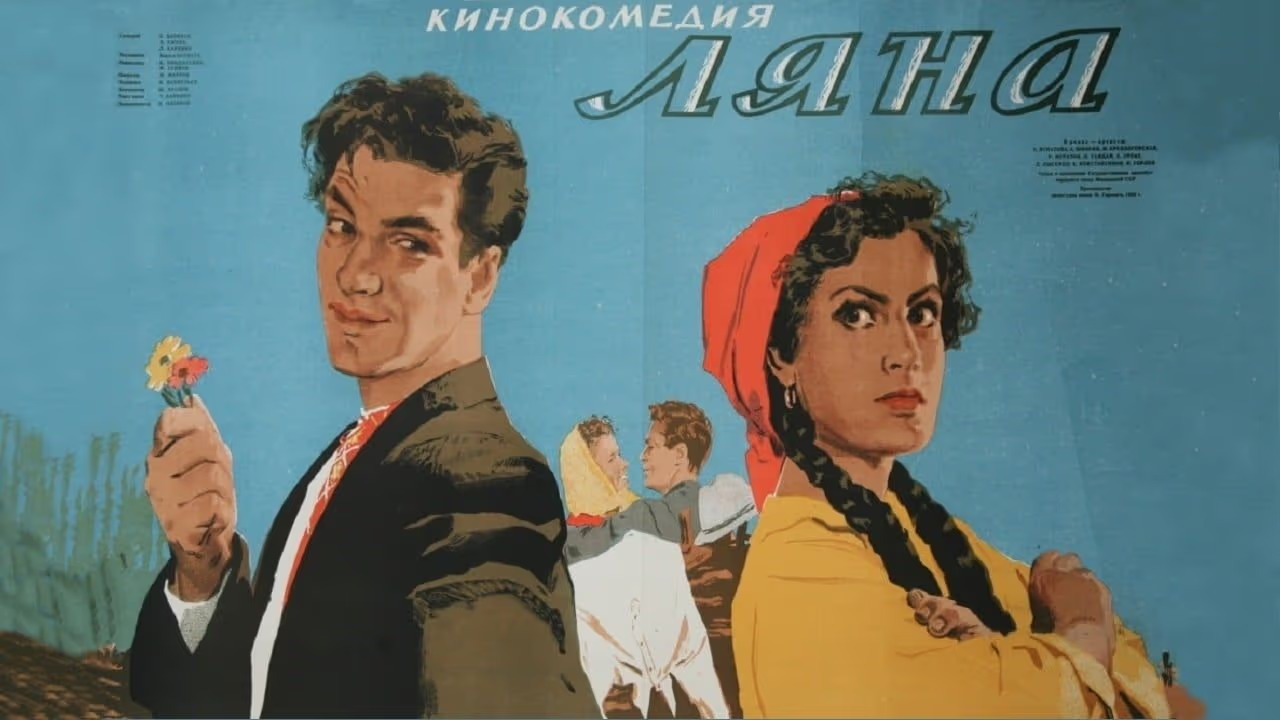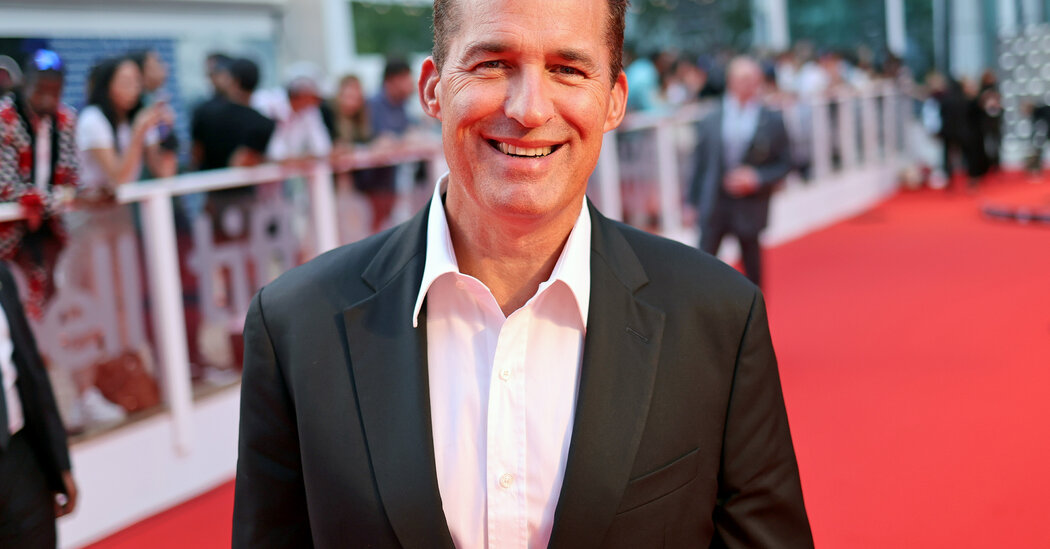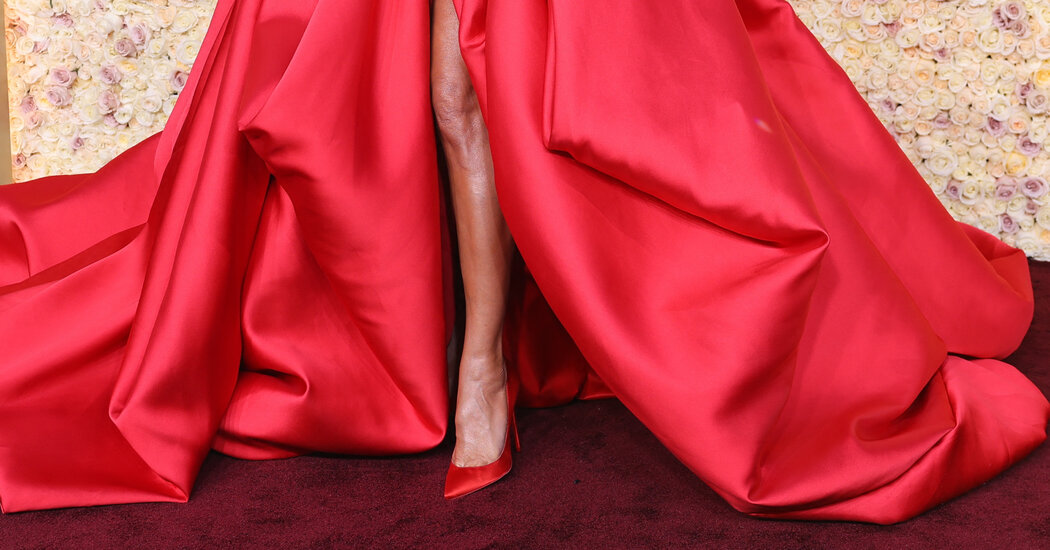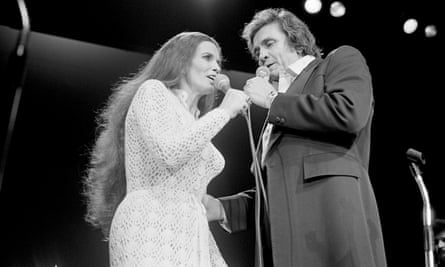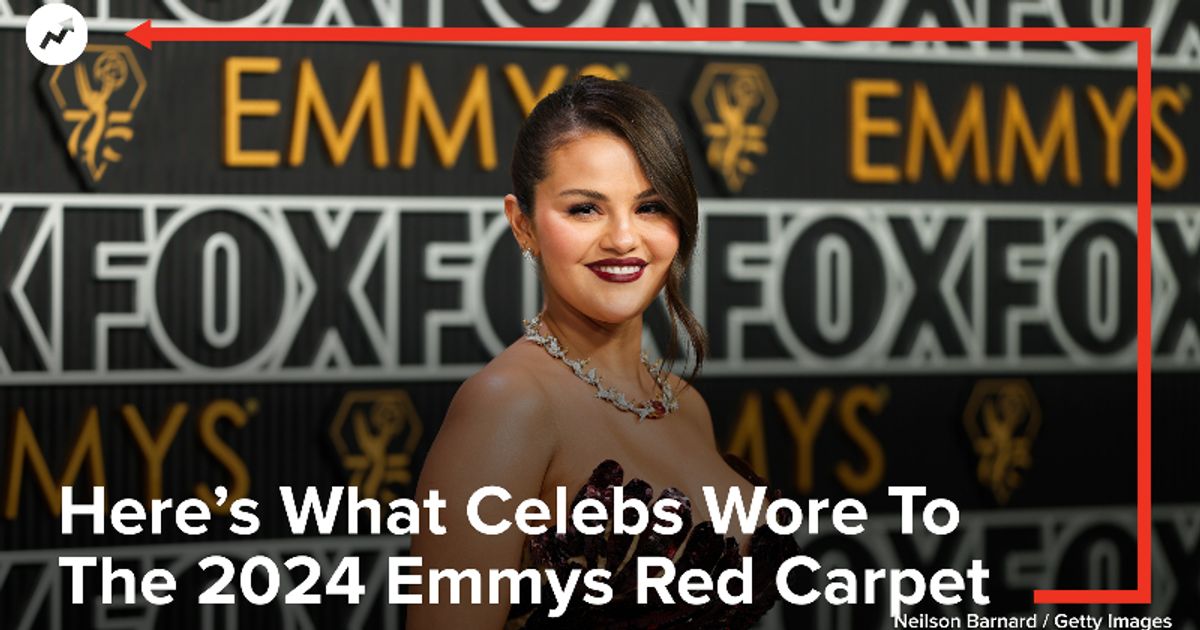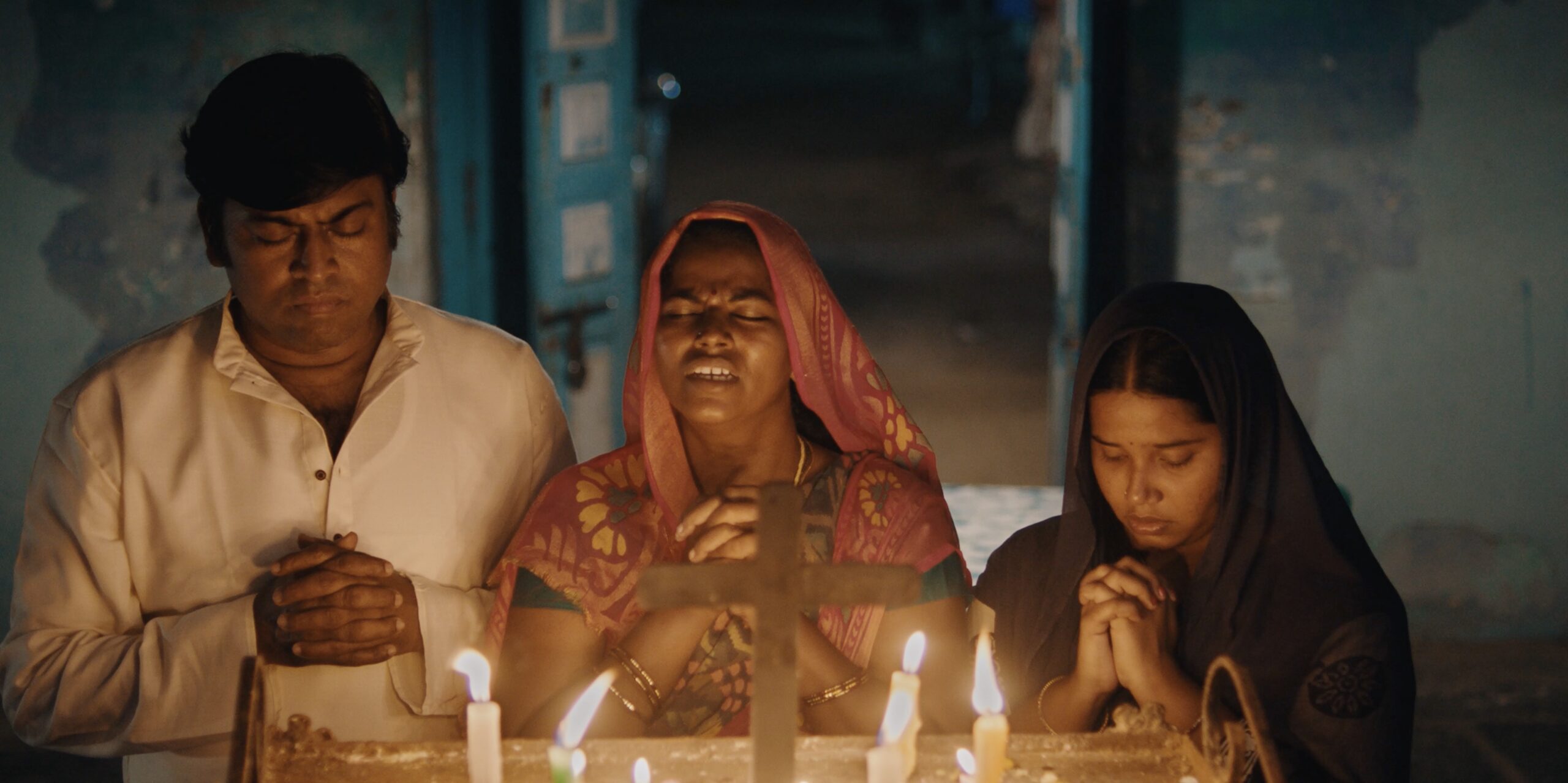Lyana (1955) | The Seventh Art
[ad_1]
[The following text was written for the Boris Barnet dossier in the inaugural issue of the amazing Outskirts Film Magazine, an annual print publication on classic and contemporary cinema currently preparing its third edition. You can buy the first two issues here and also at various outlets across Europe.]
Between Masters of Ukrainian Art in Concert (1952), Boris Barnet’s preceding film, and Lyana (1955), the ground had practically shifted in the Soviet Union: Stalin passed away (as did Pudovkin and Vertov), Khrushchev won the political power struggle, prisoners were released from the gulags, the Korean War formally ended and the Warsaw Pact was signed. These events need mention not because Barnet’s work reflects the tumult of the times, but because it clinically keeps it out. At this point, Barnet was himself something of an object of history, obliged to wander across the eastern republics, floating through aborted projects and studio assignments.
Shot in the vineyards of Moldavia, Lyana is a kolkhoz musical, that is to say, a film about collectives, like much else in Barnet’s oeuvre. A group of amateur musicians from the “New Life” kolkhoz travel to the capital to perform at the national theatre. Among them are Lyana (Kyunna Ignatova), her beau Andrei (Aleksandr Shvorin) and their friends. They are a success, but the director of the kolkhoz (Eugeniu Ureche) withholds the diplomas of Andrei and his two pals for ignoring farm duties. This means that the boys risk missing the Moscow tour of the troupe, which puts a strain on Andrei and Lyana’s relationship.
Unlike the Stakhanovite frenzy of Bountiful Summer (1950), Barnet’s previous musical made in Ukraine, work takes a back seat in Lyana, whose characters spend more time rehearsing numbers than crunching them. The mood is uniformly light. There are no villains, no conflicts and whatever little trouble befalls the protagonists stems from the benevolent pedagogical intentions of their social betters. All dramatic progression is promptly thwarted: withheld diplomas are given away at a throwaway moment and the much-anticipated Moscow concert is simply elided. The focus is instead on the symmetry of the lovers’ absurd rituals, frivolous fights and who-blinks-first standoff, a fiction that the participants themselves barely believe in.
In its sense of openness, its postcard-like approach to landscape and its mix of warm and cool tones, Lyana resembles Bountiful Summer, and there is little promise here of the painterly use of colour found in Barnet’s next two features. Scenes are composed with a chain of short camera movements that either move close from a wider view or pull back to reveal one. At periodic intervals, actors hurtle across the frame, jump over fences, fall on their faces or backs. Barnet’s stylistic tendencies make token appearances: the work on gesture (Lyana restraining herself from an impulsive slap or tying her pigtails into a confused knot), the blending of opposed emotions (Andrei charging at his friends for matchmaking behind his back, then turning around to thank them), the use of ellipses (Andrei becomes part of the troupe over a single cut) and the persistent refusal to let scenes play out.
Lyana may be regarded as the first part of a loose trilogy completed by Barnet’s next two films. Coursing through these works is an unresolved ambiguity about the responsibility of artists in a revolutionary society. Party line or personal conviction, a staple of Barnet’s cinema is the belief that an artist must be useful to the community, whether he is going on a suicidal mission into enemy territory (A Good Lad) or only repairing a sewing machine (Whistle Stop). Skipping rehearsals to bone up on agricultural techniques may not sound exciting, but as the kolkhoz director would have the young men learn, praxis is part of one’s education as a Soviet artist. The renegade musicians are eager to prove their usefulness as well, and their earnestness will be rewarded by a readmission into the collective.
Yet this faith in the system is qualified, its limits determined by the price of transgression. In the trilogy that Lyana inaugurates, artists are kicked about by higher powers, compelled by contract and forced to produce to the point of depletion. Startling shots of an outlawed Menshevik poet retreating from a celebratory crowd (Poet) or a defeated wrestling champion walking off the stage (The Wrestler and the Clown) relativize the protagonist’s life by hinting at other forms of being an artist, at other revolutions to be served.
In that sense, the anchor figure in Lyana is not the flautist Andrei, but the older fiddler Georgiy (Konstantin Konstantinov), a merry tippler who encourages the young men to be independent and enterprising. Never recognized by the establishment, he once made his living by going from wedding to wedding, but now down on his luck and out of work, he has become a violinist without a violin. If not a nakedly autobiographical character, Georgiy is at least reflective of Barnet’s situation during Lyana — Otar Iosseliani speaks of the filmmaker being “dead-drunk” and “surrounded by gypsies singing and dancing through the shoot.”[1]
It is hard to imagine that Barnet, who was married five times and who found himself time and again on the wrong side of studio bosses, really believed in the benign authority and starry-eyed romance of Lyana. However marginal, Georgiy’s outsider view tempers the film’s optimism, furnishing a weary framing perspective that allows one to observe the exuberance without participating in it. “Barnet’s outlook on the world, on the Soviet universe,” wrote Jacques Rivette, “is one of innocence, but not of an innocent.”[2] Barnet may not have perhaps believed, but he chose to believe. Innocence may have died much before Stalin, but Barnet drifted from one arcadia to another, trying to see, as Rivette wrote elsewhere, “if there isn’t a small door at the back that will allow us to return to the original paradise.”[3]
Footnotes:
[1] Iosseliani quoted in Bernard Eisenschitz, “A Fickle man, or Portrait of Boris Barnet as a Soviet director,” Inside the Film Factory: New Approaches to Russian and Soviet Cinema, 1995.
[2] Jacques Rivette, “Un nouveau visage de la pudeur,” Cahiers du cinéma, February 1953.
[3] Jacques Rivette, “Le secret et la loi,” La Lettre du cinema, autumn 1999.
[ad_2]
Source link
